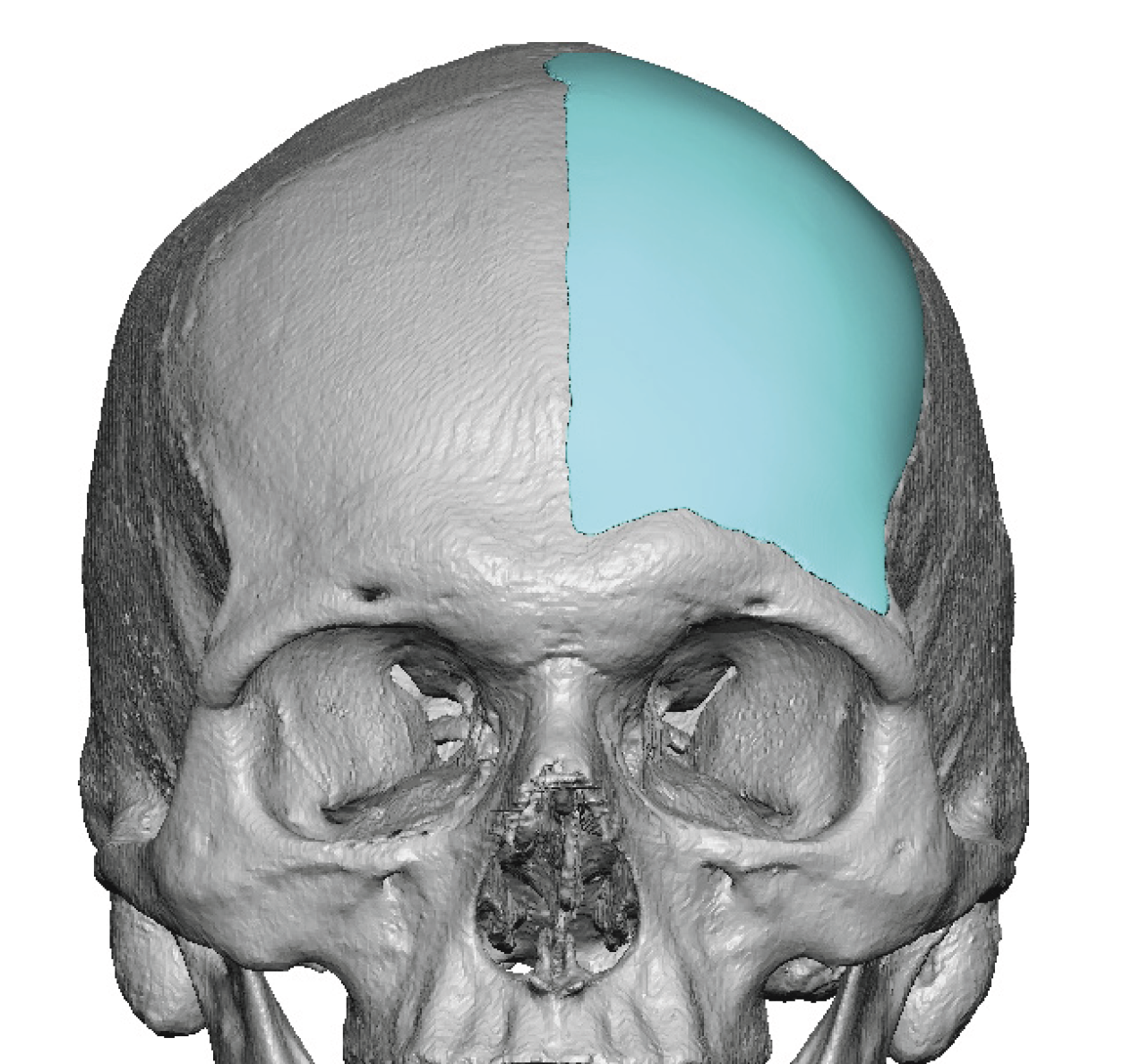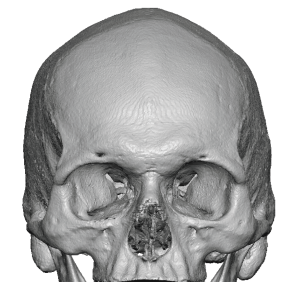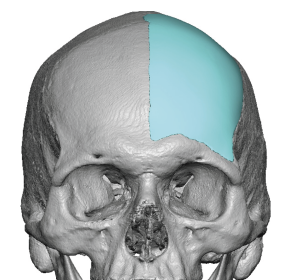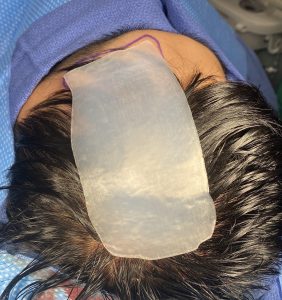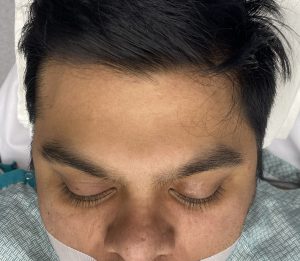Background: Like all facial features the forehead is prone to asymmetries. Given its large surface area such forehead asymmetries can readily be seen. Forehead asymmetries that are developmental in origin are most commonly caused by abnormalities in skull development (plagiocephaly) due to a rotational twist of the craniofacial axis. As a result there is a long anteroposterior extent of the asymmetry. Meaning the forehead asymmetry involvement is longer than it is wide. The location of the frontal hairline will allow how much of the skull above the forehead is involved.
Forehead asymmetries should be assessed by a 3D CT scan of the skull. Besides being able to fully visualize the extent and depth of the asymmetry it also serves a critical role in an implant design to treat it. Computer designing using mirroring tools in the software allows for a precise asymmetry correction by copying the shape of the opposite forehead side. What this usually shows is the extent of the forehead asymmetry extends much further onto the top of the head than one would think. Also the thickness differences between the two sides may less than thought. Like any other skull surface augmentation the extent of the surface area of coverage of the implant is equally if not more important than its thickness.
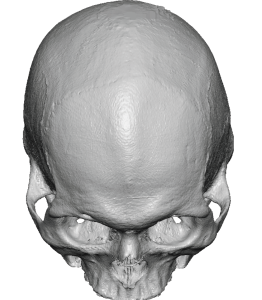
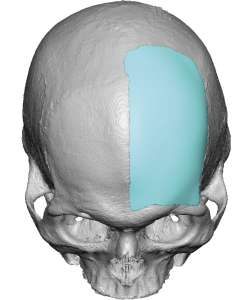
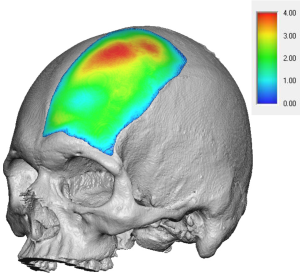
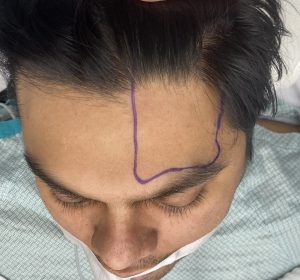

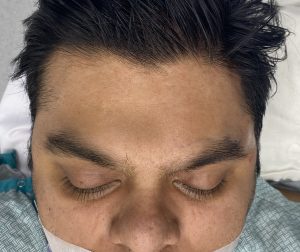
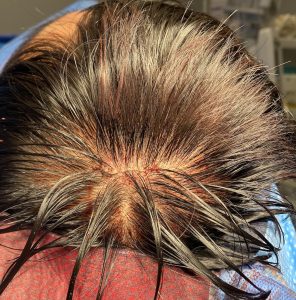
Skull deficiencies causing asymmetry usually require a large surface area to correct. This is because the skull is composed of bony surfaces that have varying degrees of convexity including the forehead. The more recessed a curved skull surface is the less convexity it will have. The maximum thickness of the correction is at the location of the most depressed arc of the curve. Greater thickness of correction require a larger footprint for the implant to heaver a smooth and confluent shape.
Key Points:
1) Forehead asymmetry must consider whether involvement of the brow bone and temporal areas exist and how far back along the top of the skull it goes.
2) Using a mirroring technique from the patient’s 3D CT scan the normal side of the forehead is flipped over to the recessed side to create the implant’s design.
3) Forehead implants can be placed through remarkable small scalp incisions due to the material’s physical properties.
Dr. Barry Eppley
World-Renowned Plastic Surgeon

